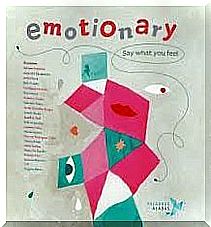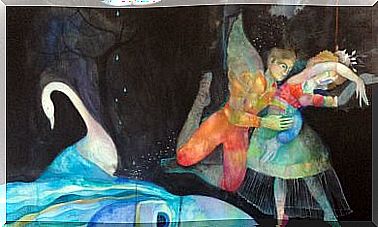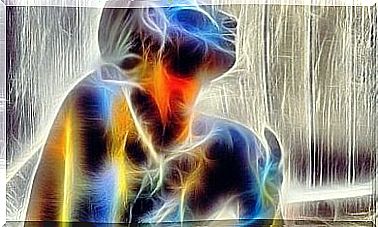Wernicke’s Center And Understanding Language
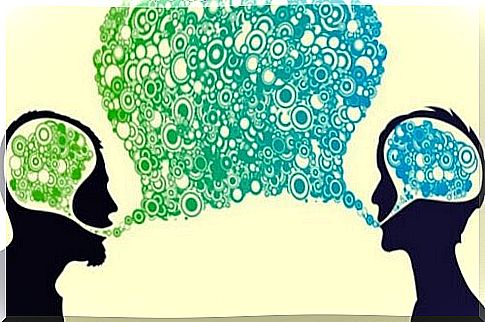
The understanding of language is the human ability to process written and spoken language and understand. In the course of our evolution, this ability has been fundamental. The ability to communicate effectively allows us to work together and create complex societies. In these societies we are able to confront a hostile world. That’s why we discover structures in the brain that are rooted in our biology. An example of this is the center of Wernicke.
A fundamental aspect of the neural construction of language is lateralization. That means we find the vast majority of brain structures associated with language in the left hemisphere. Certain studies show that processes such as jokes, pragmatism and sarcasm originate in the right hemisphere. Wernicke’s center is responsible for understanding language and is located in the left hemisphere of the brain. We mainly find it in zones 21 and 22. This is a division according to Brodmann’s zones.
In this article, we want to discuss two aspects that are fundamental to understanding Wernicke’s center and language. First we want to talk about its anatomical and functional aspects. The second part is about Wernicke’s aphasia. This disorder occurs when there is an injury in Wernicke’s center.
The anatomy and functioning of Wernicke’s center
Brodmann’s zones 21 and 22 form the neuralgic center of Wernicke’s center. In addition, other structures are also important for understanding language. When we talk about the extended center of Wernicke, we also include zones 20, 37, 38, 39 and 40. These participate in associating words with other types of information.
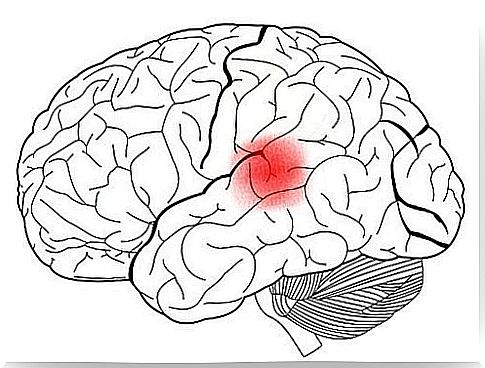
Wernicke’s center is closely associated with the primary auditory cortex. This makes sense, given its role in understanding spoken language. At an anatomical level, it is important to point out the connections that this system has with Broca’s center. This area is mainly responsible for understanding language. These two areas (Wernicke and Broca) are connected by a series of bundles of nerve fibers. These in turn form the arcuate fasciculus.
These are the functions of Wernicke’s center:
- Understanding the spoken and written language.
- The control of language semantics in which words are converted into meaning and vice-versa.
- Planning the speech production. This mainly concerns the semantic and pragmatic aspects of speech.
These functions are the pillars that support language understanding. They enable human beings to communicate. As a result, an injury in Wernicke’s center can have negative consequences on language use. In the next section, we discuss the specific consequences of damage to Wernicke’s center.
Wernickes aphasia
An injury to Wernicke’s center causes a language disorder called Wernicke’s aphasia. The hallmark of this disorder is unstructured and meaningless speech. Another hallmark of this condition is a terrible understanding of language. However, although the message seems to lack meaning, the individual speaks in a fluent and fluent manner. This is because the speech formation remains intact.
This is not the case with Broca’s aphasia. In this case, the patient uses a large number of functional words (the, of, before, a…). The patient uses complicated verb conjugations and subordinate clauses. However, they use very few words that have substance. The words together have no meaning. This is mainly due to an effect we call semantic paralexia. This is when an individual says another word with a similar meaning instead of the word they are looking for. That happens because Wernicke’s center does not make a specific selection of words through meaning.
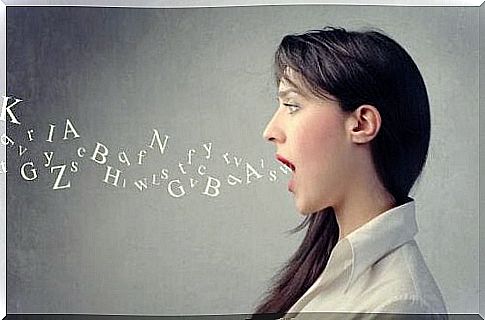
An important aspect of Wernicke’s aphasia is that the fluency of speech remains completely intact. Individuals with this disorder have no problem holding a conversation. However, the conversation lacks meaning. The cause is that Broca’s center is the brain structure responsible for speech production. This helps us understand that Wernicke’s center is specialized in language semantics and in understanding language. This brain area is also connected to other zones. Yet those other zones are able to function independently.
The plasticity of the brain
Finally, something strange occurs when there is an injury at a young age in these areas of the brain responsible for language. The brain has enormous plasticity. As a result, language can develop in the right hemisphere if the left hemisphere is damaged. Thanks to this phenomenon, brain lesions that occur before language is established are not as significant. Someone with such a brain injury at a young age can still achieve normal or near-normal development.



